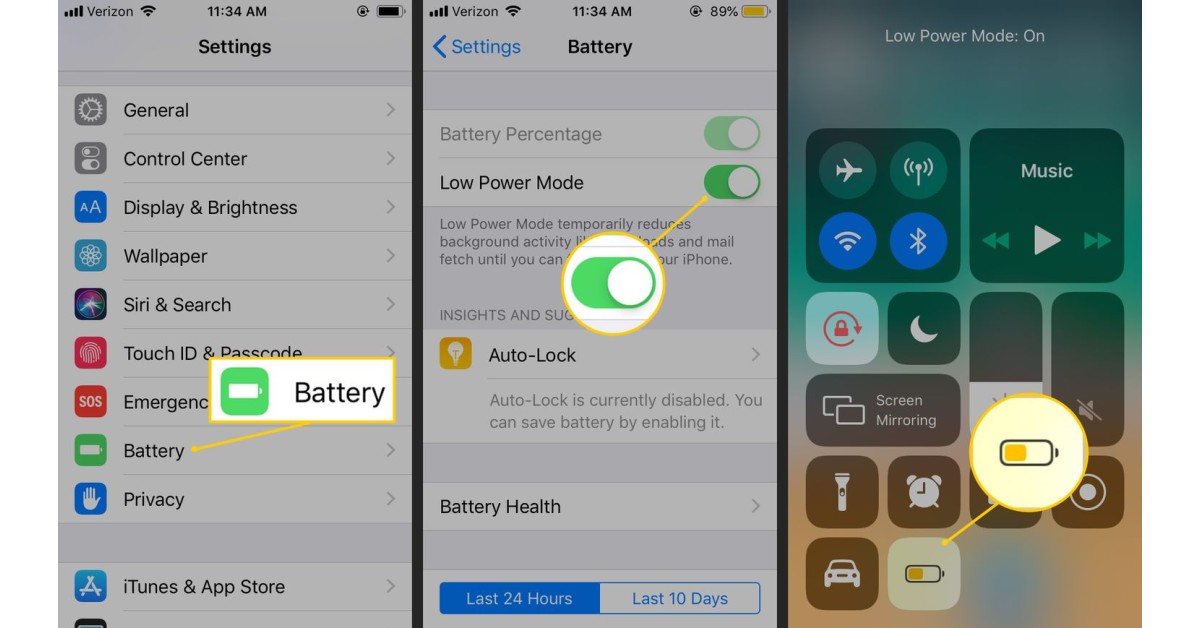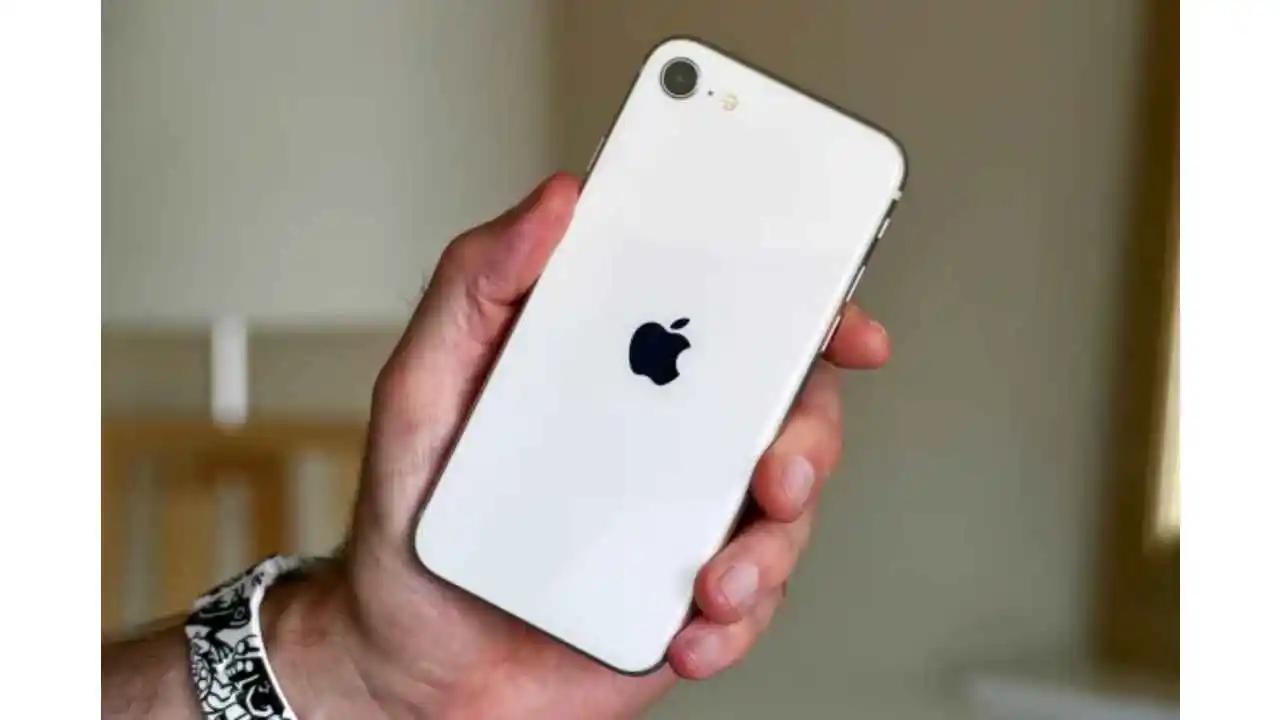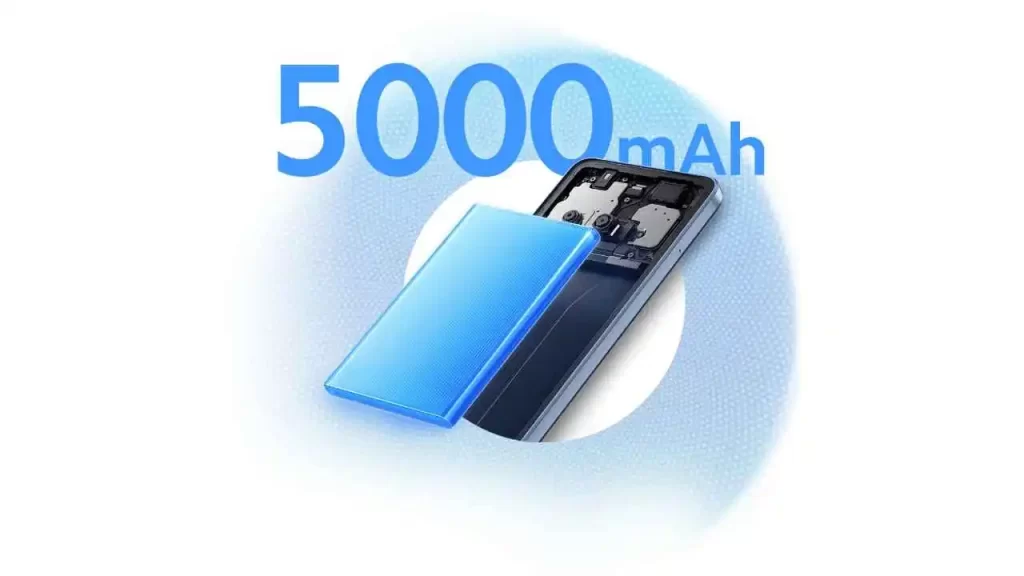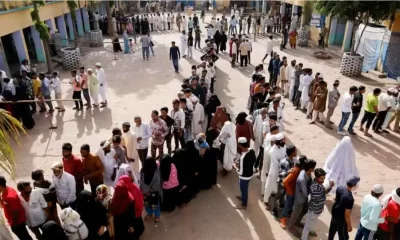Tech
Does your iPhone battery drain fast? Here’s how to prevent it
Even when you are not using an app, some of the apps continue to work in the background all the time.

Are you too experiencing rapid battery drain on your iPhone? This may be because too many things are going on in this tech marvel. Even when you are not using an app, some of the apps continue to work in the background all the time.
And when we fully rely on our smartphones for our daily activities, it is necessary to maintain the battery health of these devices. So, here are tips and tricks that will not only help you prevent your batteries from draining faster but also keep them in good condition.
Tips to improve iPhone battery health
Read Also: CWG gold medalist Indian weightlifter Sanjita Chanu fails dope test, banned for 4 years
- Manage your brightness
One of the biggest reasons for battery drain is the brightness. Make sure to lower your brightness when not needed or use the auto-brightness option to adjust your screen’s brightness according to your surroundings. - Turn off location services
If you don’t know, location services can also drain your battery. So, when you don’t need it, turn off the location services for apps that you don’t use often. - Low power mode
Keep your iPhone in low power mode to improve battery health. Users can enable low power mode when the battery level drops below 20 percent. You can turn on low power mode by going to your phone’s settings and then to the battery. - Limit background app
Apps running in the background can drain your battery without you even realizing it. Consider limiting background app refresh by going to Settings, then clicking on General, then going to Background App Refresh. - Right charger
It’s important to use the charger that came with your iPhone or a certified third-party charger. Using a cheap or uncertified charger can damage your battery and reduce its overall lifespan.
Delhi Metro to extend timings of its last train on IPL match days
Avalanche near Sikkim’s Nathu La pass, at least 6 killed, over 80 trapped
Tech
Government agency warns of high severity vulnerability in Apple devices
The vulnerability also effects iOS and iPad versions before the16.7.7 update, which is available on iPhone 8, iPhone 8 Plus, iPhone X, iPad gen 5,iPad Pro 9.7 –inch, and iPad Pro 12.9-inch gen1.

The Indian Computer Emergency Response team has issued warning for Apple devices. The agency has given a high severity rating to the issue. The government body has found remote code execution vulnerability in Apple devices. This can leave a device vulnerable to exploitation by a hacker, who could remotely gain access on a device and execute arbitrary code on the targeted system.
According to the CERT warning, the vulnerability effects iPhone and iPad users whose devices are on iOS and iPadOS versions prior to 17.4.1. This version is available for all iPhones after iPhone XS, iPadPro 12.9-inch 2nd generation and later, all versions after iPad Pro 10.5 inch, iPad Pro 11-inch 1st generation and later, iPad Air gen 3 and later, iPad gen 6 and later, and iPad mini version after gen 5.
The vulnerability also effects iOS and iPad versions before the16.7.7 update, which is available on iPhone 8, iPhone 8 Plus, iPhone X, iPad gen 5,iPad Pro 9.7 –inch, and iPad Pro 12.9-inch gen1. In addition to that, the remote code execution vulnerability also affects Apple Safari versions prior to 17.4.1, which is available for MacOS venture versions prior to 13.6.6, and mac OS Sonoma versions prior to 14.4.1.
Apart from the iPhone, Macbook, iPad, there is also a warning for Vision Pro headset users, due to vulnerability in the Vision OS versions before 1.1.1. The vulnerability note on the CERT-in website reveals that the issue is due to an out of bounds write issue in WebRTC and Core Media. This means that the security flaw could let a hacker trick someone into visiting a specific link, which could then be used to attack the device remotely.
Successful exploitation of this vulnerability could lead an attacker to execute arbitrary code on the targeted system. In order to ensure security of one’s devices the Apple iOS and iPadOS devices should be updated with the latest software versions to benefit from security fixes.
Tech
Bill Gates hits the right chai note in insta reel, shares video
The video shared by the Gates begins by him saying One Chai Please to Dolly Chaiwala. Dolly Chaiwala runs the Dolly ki Tapri Nagpur page on Instagram and he became famous for his distinct style of making and serving tea. As the video progresses, Gates says that he is excited to be back in India which is the home to incredible innovators, working on new ways to save and improve lives and even make a cup of tea.

Bill Gates, the co-founder of Microsoft shared a delightful video on his Instagram handle. In the video the Tech Tycoon experiences the local culture in a very personal way – by enjoying a cup of chai. The video has gone viral on social media platforms features Bill Gates along with Nagpur’s famous Dolly Chaiwala.
The video shared by the Gates begins by him saying One Chai Please to Dolly Chaiwala. Dolly Chaiwala runs the Dolly ki Tapri Nagpur page on Instagram and he became famous for his distinct style of making and serving tea. As the video progresses, Gates says that he is excited to be back in India which is the home to incredible innovators, working on new ways to save and improve lives and even make a cup of tea. The video ends with an on screen caption which reads Looking Forward To Many Chai Pe Charcha!
Sharing the video Bill Gates captioned it: In India, you can find innovation everywhere you turn – even in the preparation of a simple cup of tea! The original video shared by Bill Gates has so far got 1,844,998 likes till now. Large number of social media users commented on the video. Swiggyindia asked him how much did he pay for the cup of tea? One user ShekharNishad was of the opinion that every Indian will be shocked after watching this video. One user said the video is superb. Another user said Dolly Chaiwala is the luckiest guy on earth.
Gates has been in India for quite some time and during his visit so far, he has visited Microsoft’s India Development Centre (IDC) in Hyderabad, a slum in Bhubaneshwar, and Biju Adarsh Colony in the Maa Mangla Basti along with state government officials. But his visit to Nagpur’s Chaiwala has left people on social media surprised.
Tech
Xiaomi launches Redmi A3 smartphone in India, prices start Rs 7,299
The smartphone will go on sale from Februray 23 and can be bought from Mi.com, Flipkart and other retail outlets. The Redmi A3 features a 6.7-inch HD+LCD Display with a resolution of 1650×720 pixels and support for a 90 Hz refresh rate.

Xiaomi launched its Redmi A3 smartphone in India on Wednesday at a starting price of Rs 7,299. The Redmi A3 comes in Halo design on the back, which is usually seen in more expensive Redmi smartphones. The Redmi A3 is priced at Rs 7,299 for the 3GB RAM/64 GB storage variant and Rs 9,299 for the 6GB RAM/128GB storage variant.
The smartphone will go on sale from Februray 23 and can be bought from Mi.com, Flipkart and other retail outlets. The Redmi A3 features a 6.7-inch HD+LCD Display with a resolution of 1650×720 pixels and support for a 90 Hz refresh rate. The budget smartphone also features a waterdrop style notch which has the front facing camera with a Corning Gorilla Glass 3 protection on top.
The Redmi A3 smartphone is powered by the octa-core Media Tek Helio G36 chipset which is paired with upto 6GB of LPDDR4x RAM and upto 128 GB of eMMC 5.1 storage (which is expandable upto 1TB via the dedicated micro SD card slot). The smartphone runs on the company’s proprietary MIUI 14 custom skin based on the Android 13 operating system.

The Redmi A3 smartphone has a 5000 mAh battery that can be fast charged with a 10 W charger provided inside the box. In terms of connectivity the smartphone features a side mounted finger print sensor, a 3.5 mm headphone jack, a USB type C port, dual 4G SIM card slots, dual-band Wifi, Bluetooth 5.3, and GNSS.

In terms of optics, The Redmi A3 comes with dual camera setup to the back including a 8MP primary sensor and a 0.08MP secondary sensor. The smartphone also includes a 5MP front facing shooter to meet all the selfie and video call related requirements. The Redmi A3 has three colour options Lake Blue, Midnight Black and Olive Green.
-

 Entertainment23 hours ago
Entertainment23 hours agoDo Aur Do Pyaar social media review: Social media users say Vidya Balan, Pratik Gandhi deliver standout performances in this adorable film
-

 2024 Lok Sabha Elections24 hours ago
2024 Lok Sabha Elections24 hours agoLok Sabha elections 2024: Amit Shah files nomination from Gandhinagar
-

 2024 Lok Sabha Elections20 hours ago
2024 Lok Sabha Elections20 hours agoDeserted by key supporters, the Kamal Nath story looks set to wind to an end in Chhindwara
-

 Entertainment21 hours ago
Entertainment21 hours agoAditya Roy Kapur, Sara Ali Khan’s Metro In Dino to release this November
-

 2024 Lok Sabha Elections22 hours ago
2024 Lok Sabha Elections22 hours agoLok Sabha Elections 2024: Nearly 40% voter turnout till 1pm
-

 2024 Lok Sabha Elections18 hours ago
2024 Lok Sabha Elections18 hours agoLok Sabha Elections: Voter turnout 62.02% in Tamil Nadu till 5pm
-

 Featured20 hours ago
Featured20 hours agoNima Sulaiman joins HiLITE Group Board, her father gifts her a Porsche
-

 Food20 hours ago
Food20 hours agoSocial media users stumped after food vlogger makes blue-coloured ghee rice, video viral




















